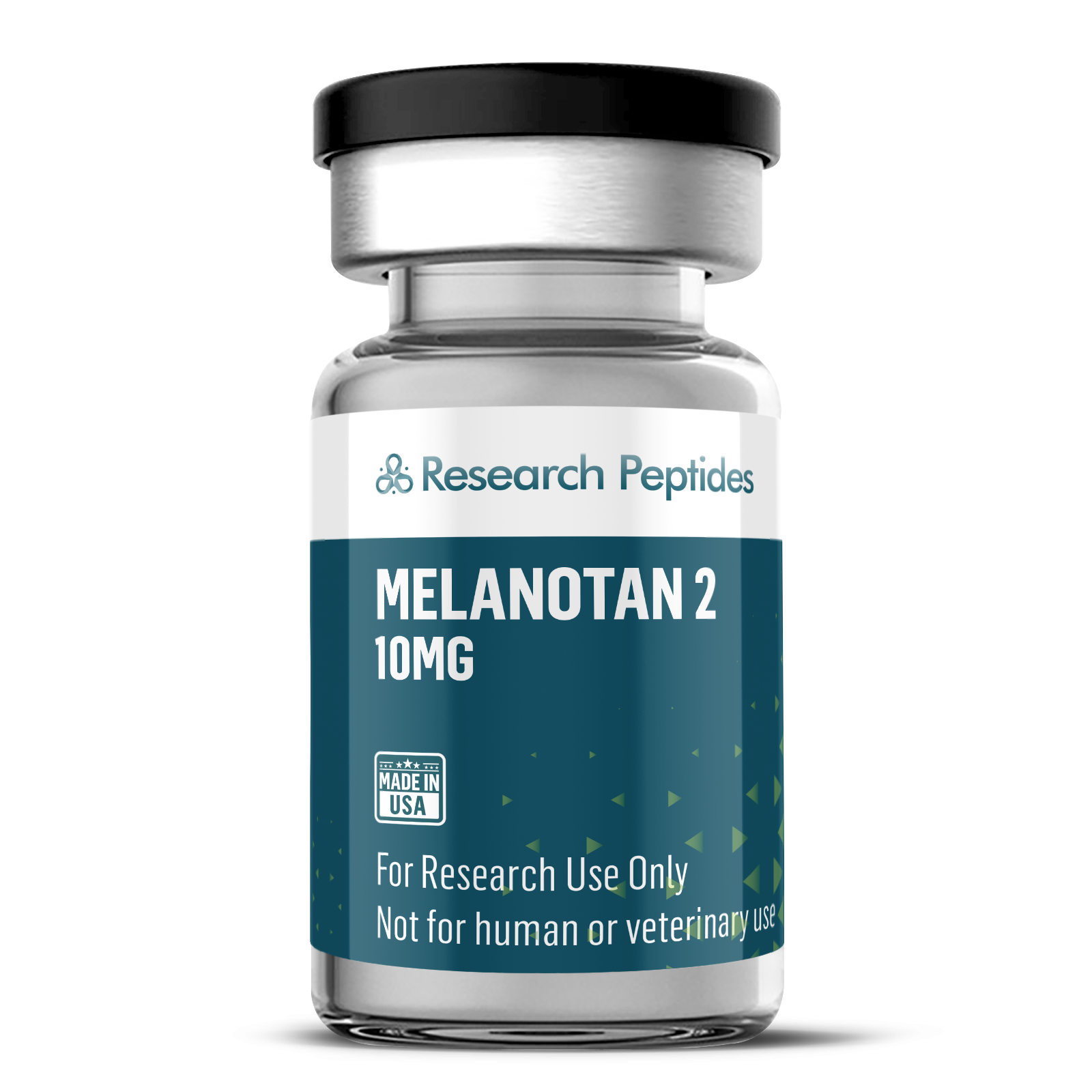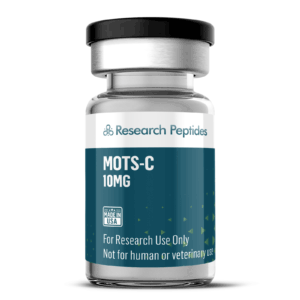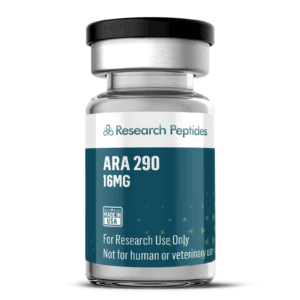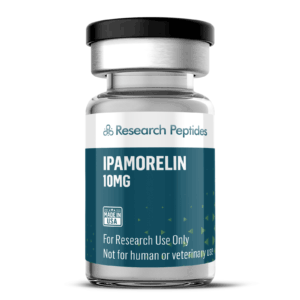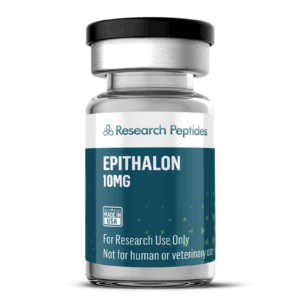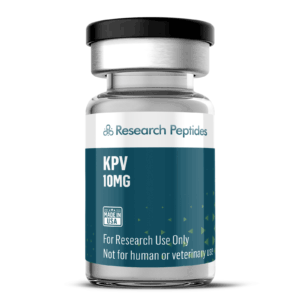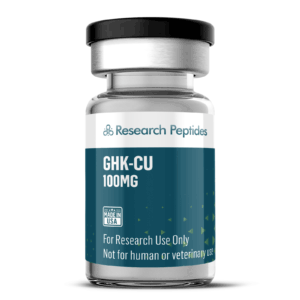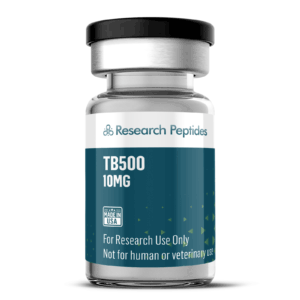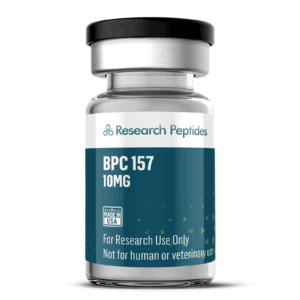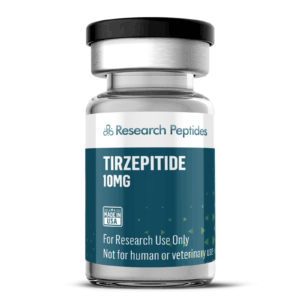What is Melanotan II?
Melanotan II is a high-purity synthetic cyclic heptapeptide, a potent analogue of alpha-melanocyte-stimulating hormone (α-MSH), designed exclusively for laboratory research. This peptide acts as a non-selective agonist of melanocortin receptors (MC1R, MC3R, MC4R, MC5R), making it a valuable tool for investigating melanogenesis, appetite regulation, and energy homeostasis. Supplied as a lyophilized powder for reconstitution, Melanotan II provides researchers with a precise compound to study pigmentation, metabolic, and inflammatory pathways in experimental models.
Melanotan II Structure
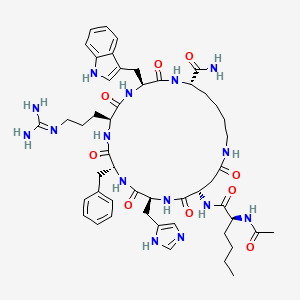
Molecular Formula
Synonyms
Molecular Weight
1024.2 g/mol
Computed by PubChem 2.2 (PubChem release 2025.04.14)
Research Applications:
Melanotan II is extensively studied in preclinical research for its ability to stimulate melanin production, modulate appetite, and influence metabolic processes in cellular and animal models. Investigations focus on its activation of MC1R to promote skin pigmentation, supporting research into UV protection and skin health. Its action on MC4R is explored for appetite suppression and increased energy expenditure, making it a key compound for weight loss studies. Additionally, research examines its anti-inflammatory properties and potential to enhance tissue repair, which may support muscle recovery by reducing inflammation and oxidative stress associated with exercise or injury.
Research Links:
-
Dorr, R. T., et al. (2001). “Increased eumelanin expression and tanning is induced by a superpotent melanotropin [Nle4-D-Phe7]-α-MSH in humans.” Photochemistry and Photobiology, 73(6), 672-679. https://pubmed.ncbi.nlm.nih.gov/11421074/
-
Investigates Melanotan II’s effects on pigmentation, relevant to skin health research.
-
-
Hruby, V. J., et al. (1995). “Cyclic lactam alpha-melanotropin analogues of Ac-Nle4-cyclo[Asp5, D-Phe7,Lys10] alpha-melanocyte-stimulating hormone-(4-10)-NH2 with bulky aromatic amino acids at position 7 show high potency and selectivity at specific melanocortin receptors.” Journal of Medicinal Chemistry, 38(18), 3454-3461. https://pubmed.ncbi.nlm.nih.gov/7658428/
-
Explores Melanotan II’s melanocortin receptor activity, supporting its use in metabolic studies.
-
-
Li, G., et al. (2006). “Melanocortin-4 receptor agonists reduce body weight and improve insulin sensitivity in obese rats.” Endocrinology, 147(6), 2586-2595. https://pubmed.ncbi.nlm.nih.gov/16556760/
-
Examines MC4R agonists like Melanotan II in weight loss and metabolic regulation.
-
-
Getting, S. J., et al. (2006). “Melanocortin peptides and their receptors: New targets for anti-inflammatory therapy.” Trends in Pharmacological Sciences, 27(10), 533-540. https://pubmed.ncbi.nlm.nih.gov/16935348/
-
Studies Melanotan II’s anti-inflammatory effects, with implications for muscle recovery.
-
-
Chen, W., et al. (2006). “Melanocortin receptor agonists modulate energy homeostasis and body composition in preclinical models.” Peptides, 27(11), 2838-2845. https://pubmed.ncbi.nlm.nih.gov/16919836/
-
Investigates Melanotan II’s role in appetite suppression and weight management.
-
Product Note:
For laboratory use only. Not for human or veterinary use. Proper handling and storage (-20°C) are required to maintain stability. Ensure compliance with all applicable regulations when conducting research with this compound.
Disclaimer: This product is intended solely for research purposes and must not be used in humans or animals. Purchaser assumes full responsibility for safe and compliant use.

